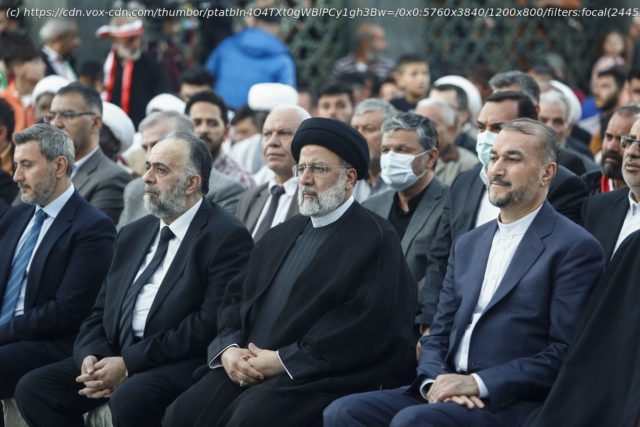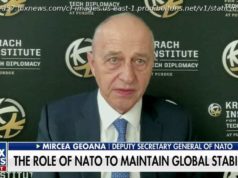For Iran’s struggling economy, the deal is more about money.
A tentative deal to release five Americans held in Iran in exchange for access to $6 billion in assets and the release of people imprisoned in the US could hit major snags — or fall apart altogether — in the weeks before it’s complete due to persistent and escalating tensions between the US and Iran.
The agreement, which Secretary of State Antony Blinken detailed Thursday, was negotiated by the US and the Islamic Republic of Iran over a period of two years, according to the New York Times, and was facilitated by Oman, Qatar, and Switzerland. Though the agreement does involve the eventual release of prisoners by both parties, Iran’s primary motivation for engaging in the negotiations is a mechanism by which it can access billions of dollars of its own assets to purchase humanitarian goods like food and medicine.
However, trouble already seems to be on the horizon, since Iranian state news has maintained as of Friday that the government can use the released funds however it sees fit.
Iran has been in an economic crisis for years, due in part to state corruption and incompetence — but also due to harsh US-led sanctions. The sanctions have had such a chilling effect that South Korean banks holding the Iranian assets in question have refused to release them, even to purchase necessities like food and medicine despite humanitarian carveouts built in to sanctions policy.
Iran has reportedly already moved the five American-Iranian citizens from detention in its notorious Evin prison to house arrest, a positive sign that Iran is upholding its part of the deal. Three of the prisoners, Siamak Namazi, Morad Tahbaz, and Emad Sharghi, have been in detention on unsubstantiated charges of espionage and have served at least half of their sentence. Two others have not yet been identified in the press.
The US has so far declined to acknowledge that it will release any prisoners held in the US, much less how many people it will release under the deal or any of their identities. However, people familiar with the deal told the New York Times that a handful of Iranian nationals incarcerated for evading US sanctions against Iran will be released once the prisoners currently in Iran are safely back in the US.
Despite the seeming diplomatic victory, though, there is still plenty of time for it to go south; Qatar has agreed to facilitate Iran’s humanitarian purchases, but the mechanism through which that will take place could take more than a month to implement. That’s plenty of time for the deal to unravel, given the fact that the US has announced plans to put Marines on vessels transiting the Strait of Hormuz to ward off attacks by Iran-linked groups. The negotiations were complex and took more than two years
Details of the negotiations themselves are scarce, but as CNN reported Friday, they are the culmination of more than two years of complex and sensitive talks — made even more challenging by the fact that the US and Iran have no diplomatic relationship.
Qatar, Oman, and Switzerland were instrumental in hammering out the final deal, acting as the mediators between the Islamic Republic and US officials during sensitive meetings in Doha, Qatar’s capital.






